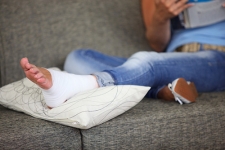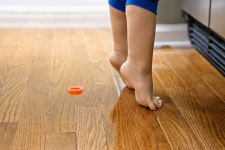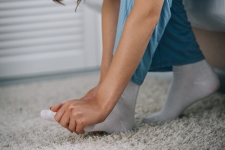Most Common Skiing and Snowboarding Injuries
Skiing and snowboarding are a lot of fun, but they have the potential to be incredibly dangerous activities as well. Hitting the snow wrong can turn a day of fun out on the slopes into an injury that leaves you sitting on the sidelines for days or weeks (or longer) as you heal. If you love to play in the snow, make sure you are aware of the potential injuries you may face. Here are some of the most common injuries orthopaedists see as a result of skiing and snowboarding.










